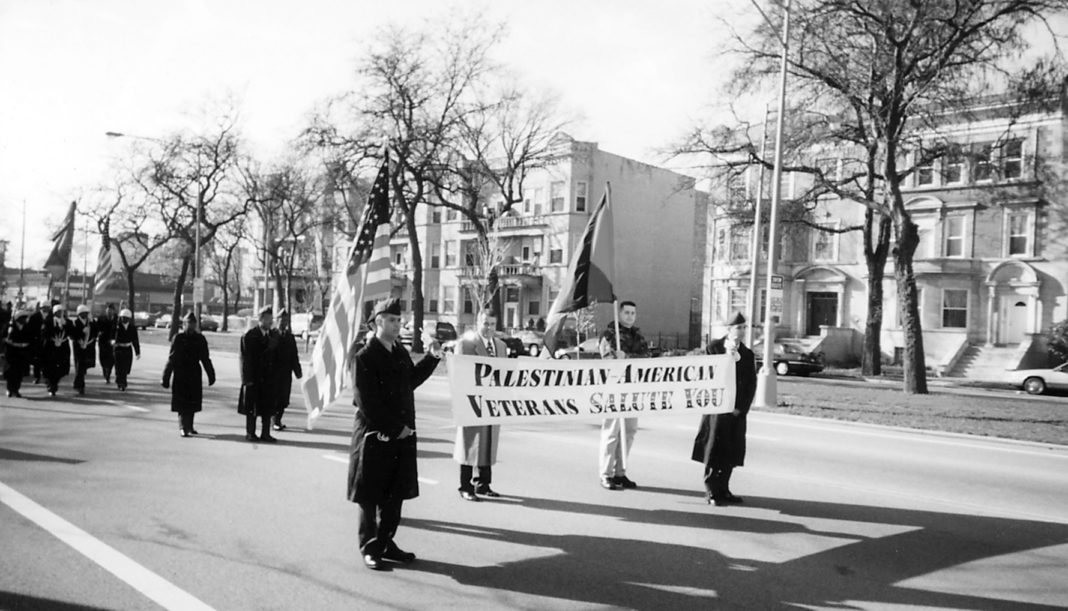
Settling in Chicago
The first Arabs settled in Chicago in the middle of the 19th century on Polk Street near Canal Street, according to records maintained by Hull House. We do not know the exact year. However, we do know that not long after, a small colony easily assimilated into Chicago’s rich ethnic diversity. Soon, more Arab immigrants followed, drawn by the lure of wealth and fortune of several American hosted world’s fairs, beginning with Philadelphia’s 1876 Centennial Exposition and later, Chicago’s 1893 World’s Columbian Exposition.
Read More: Arabs of Chicagoland byRay Hanania
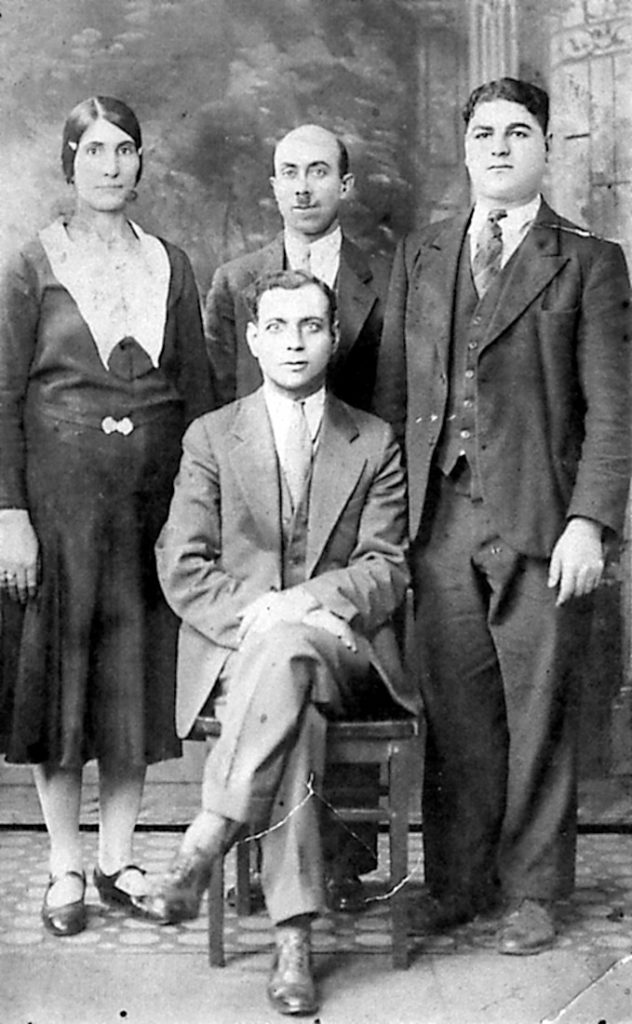
The Three Waves of Immigration
There were three major periods of Arab immigration to Chicago. The first wave of Arabs arrived in the mid-19th century, consisting mostly of Lebanese Christian Arabs fleeing religious persecution in Syria. It also included Arabs, especially Palestinian Muslims, attracted by the allure of wealth from the world’s fairs.
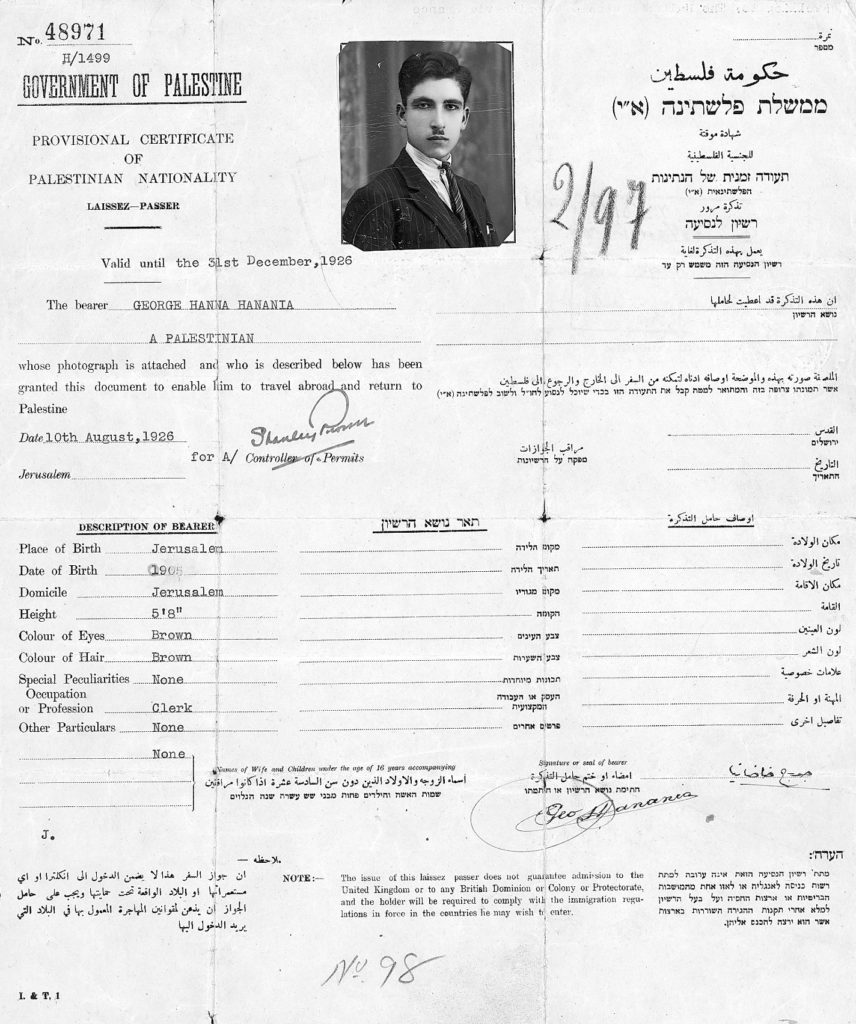
The second wave of immigration occurred between the 1930s and 1960s and reflected political change, as nations were formed in the Middle East, and emphasis shifted from the pursuit of wealth to freedom. No single group dominated this period in Chicago’s Arab history.
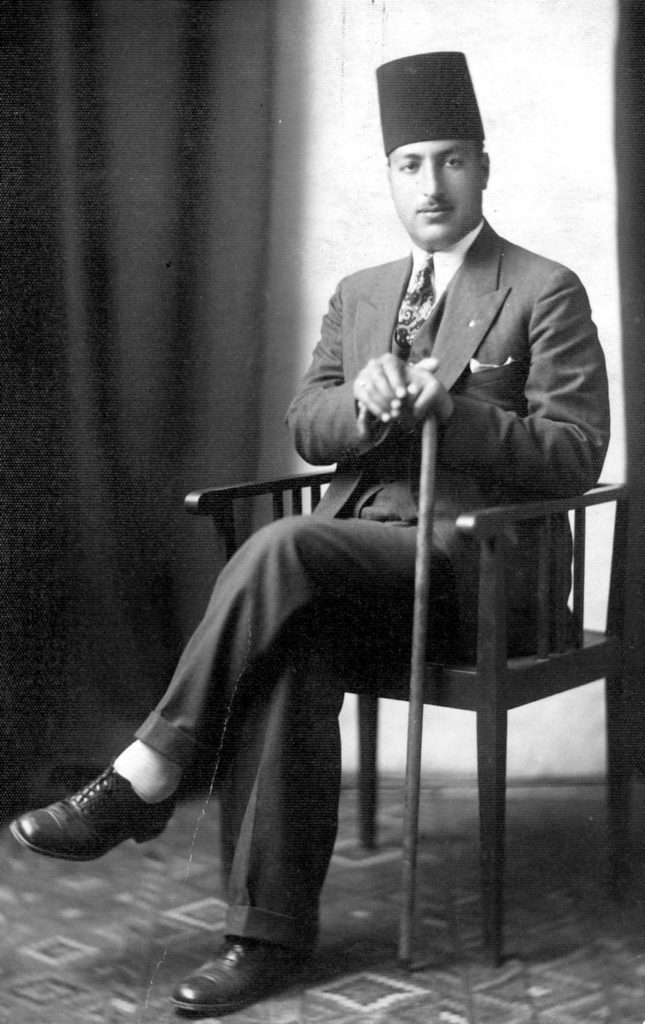
The third and largest wave of immigration to Chicago began after the 1967 Arab-Israeli War and consisted mostly of Christian and Muslim Palestinians who quickly tripled the size of the Arab community. These Palestinians came mainly, but not exclusively, from two West Bank cities located just north of Jerusalem called Beitunia (Muslim) and Ramallah (Christian). Today the Palestinians make up the largest of the Arabs living in Chicago.
Buy the Book: Arabs of Chicagoland by Ray Hanania
They are equally divided between Muslims and Christians with the majority of Christians living on the Northwest Side and the majority of Muslims living on the Southwest Side.
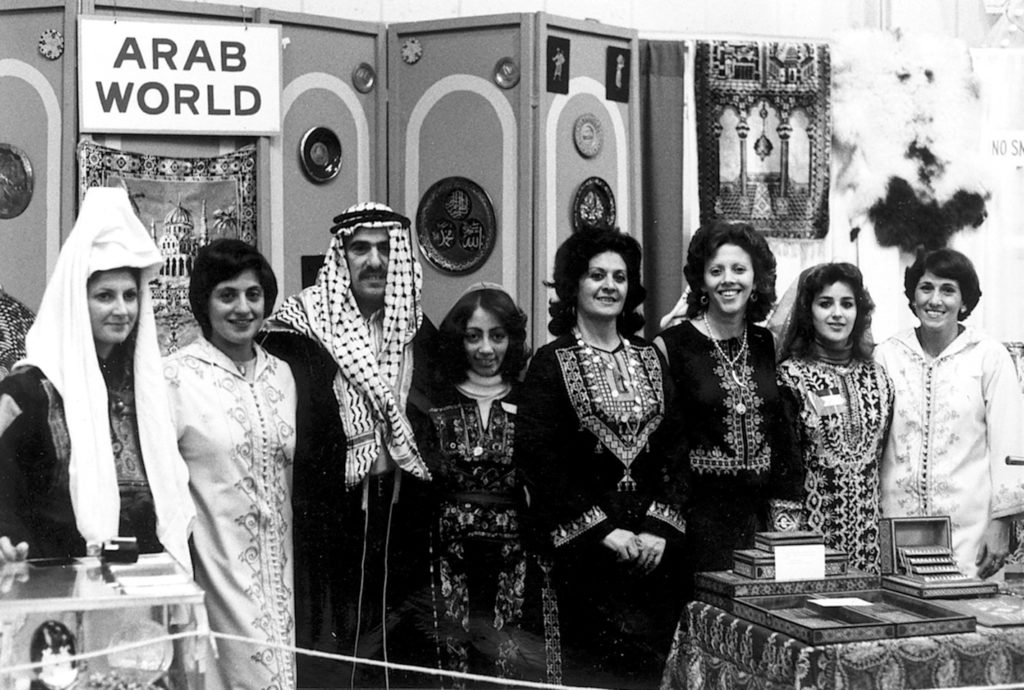
Challenges
Two challenges faced in completing this introduction is the absence of any formal record of Arab presence in Chicago. Although Arabs have lived in Chicago from the mid-19th century, they did not have their own news media to record their activities until the late 1960s. Until then, most Arabs in Chicago subscribed to newspapers published in other American cities like New York or others that came from their home countries.
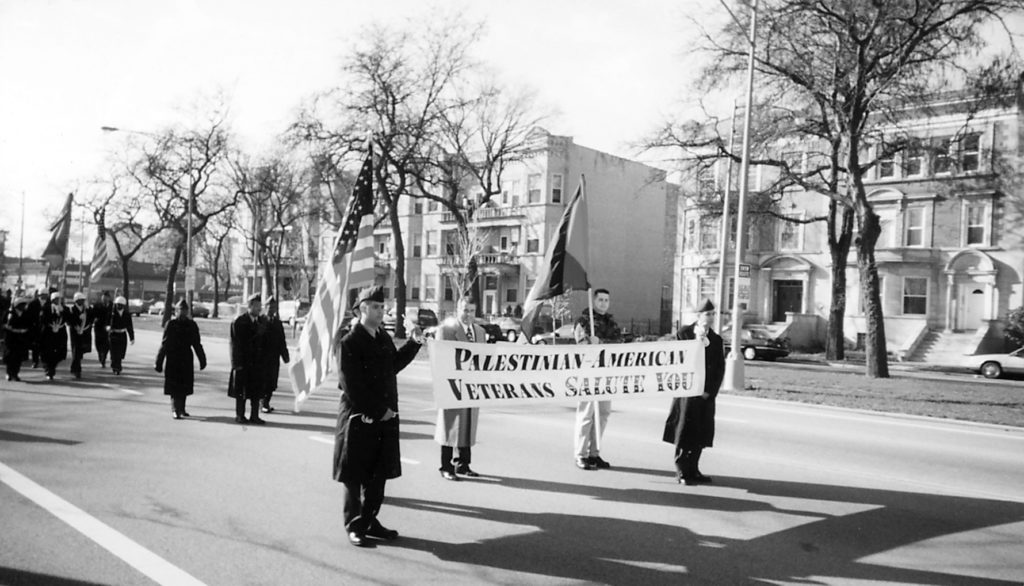
To learn more about the Arab community in Chicago, click here.

